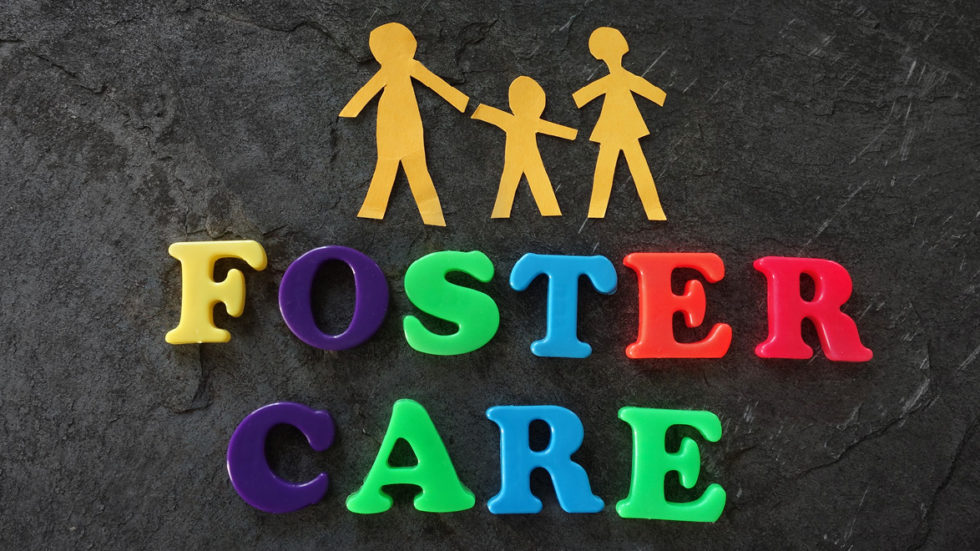Fostering In Focus

Children and young people find themselves in care due to many circumstances, for this reason there are a number of different types of fostering options to meet the needs of vulnerable children.
Fostering is usually a short-term arrangement while a child’s future is planned and agreed, if you are considering being a foster parent you would be responsible for looking after a child or young person for usually a few weeks or maybe a few months, while they are unable to live at their family home.
Sometimes, however, a long-term or permanent fostering arrangement can be the most appropriate option – this might be because the child continues to have regular contact with their relatives.
Long-term fostering means they stay with you until adulthood and they are ready to live independently.
This arrangement can provide the child with the opportunity to develop attachments and consistent relationships as part of a family. It enables the birth parent, or parents to stay in contact with their child while the foster carer offers care, and feels a sense of achievement as the child progresses.
Fostering Options
Parent and Child Fostering
Sometimes a parent, or parents, cannot look after their child to the satisfaction of the courts or a local authority. When this happens both the child and parent, or parents, are placed with a foster carer. The carer helps keep the child safe and supports the parent, or parents. Parent and child placements are usually for 14 weeks, with an additional two week programme being offered in some cases with agreement of the carer.
Short Breaks
Short breaks give children time away from their families or foster carers.The time children spend away from their families can help them develop their independence, broaden horizons and build confidence. This enables the birth family to have a break from the pressures of full-time caring and a chance to recharge their batteries.
Respite Foster Care
When you care for a child for short periods of time on a planned and, or regular basis, allowing the child’s parents or usual foster carers a break.
Fostering Unaccompanied Asylum Seeking Children
When children find themselves alone they are taken into the care of the local authority – they could have been trafficked, been separated from family on arrival due to an immigration issue, fled their homeland due to war or fear of persecution. Foster carers give unaccompanied, asylum-seeking children a safe place to live while their individual case is considered and the foster carer will usually be asked to accompany the child to immigration meetings and arrange legal support.
Fostering for Adoption
An initiative to give a child a permanent home as early as possible. In the scheme a local authority places a child temporarily with foster carers who are approved adopters.If agreed the child should be adopted the placement may become permanent.
Concurrent Planning For At-risk Under-twos
Concurrent Planning is part of the Fostering for Adoption initiative and is an option for babies and young children aged two or younger in care and who are likely to need adoption. There is still a chance of the child being reunited with their birth family but concurrent carers foster the child while the courts make a decision. If courts decide the child’s parents cannot provide the security and care they need, and there are no alternative carers, the child will remain with their concurrent carer, carers can then adopt.
By Jacob White






